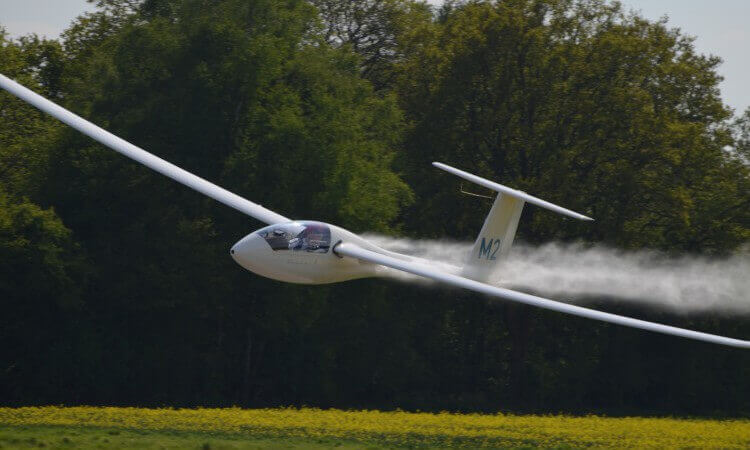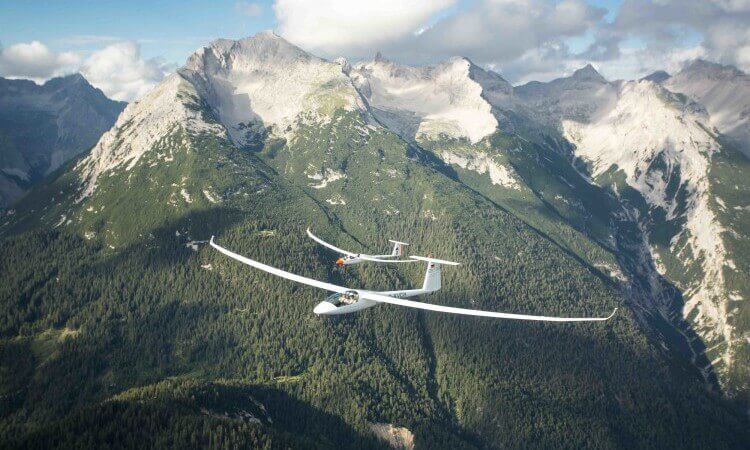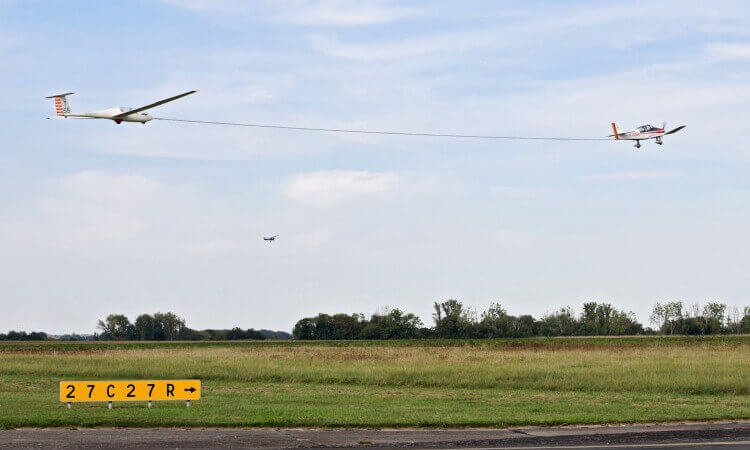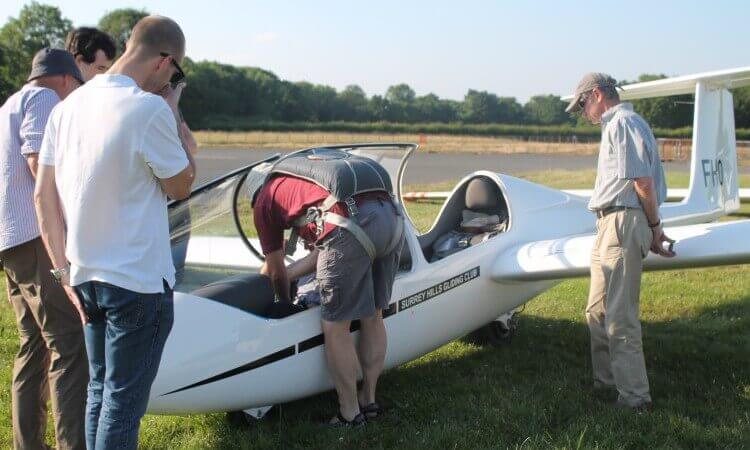
How To Become a Glider Pilot in the UK
Being described as one of the “coolest flying experiences” by many aviation aficionados, it’s obvious that gliding is becoming more and more popular every year, especially among those looking for a thrilling experience! Whether you’re interested to know how gliders really work or you’re looking to become a glider pilot, we’ve put together this handy guide that outlines all your gliding questions!
What is a glider?
Gliders, also known as sailplanes, are a special type of plane that belongs to the “unpowered aircraft” category, meaning they have no engines. But how does a glider fly if there’s no engine then? The answer is using currents of air! Gliders take advantage of these updrafts of air to create “lift” to power their aircraft and be able to stay up in the air for a longer time.
What is the difference between a glider and a plane?
Although they share some similarities, the truth is that airplanes and gliders couldn’t be more different! As stated above, gliders do not have any engines attached to them and only use lift momentum to keep themselves up in the air. Therefore, gliders are built to be as aerodynamic as possible, with very long and thin wings as well as narrower fuselages. Unlike airplanes, gliders aren’t really used for long distance flights and they’re often considered as “recreational flying”.
How does a glider stay airborne?
Staying up in the air for a long period of time is one of the first things you’ll learn while gliding. Most glider pilots use three types of rising air to keep themselves airborne:
- Thermals: Columns of rising warm air produced when the sun heats the atmosphere and the ground. Gliders would be circling around and within these columns to be carried up. On sunny days it’s better to wait until midday, where the ground has already warmed up. Built-up areas and brown fields also provide strong thermals as they absorb lots of heat.
- Ridge lift: Produced by the wind hitting an obstacle, normally a cliff, mountain ridge or slope, which deflects the wind upwards. It’s a good alternative for those days when the sun doesn’t want to show up.
- Mountain or Lee waves: It refers to those currents of air that rise to go over the top of mountains or hills and then descend down the other side, creating some sort of oscillating “wave” motion that keeps going on for miles and miles.
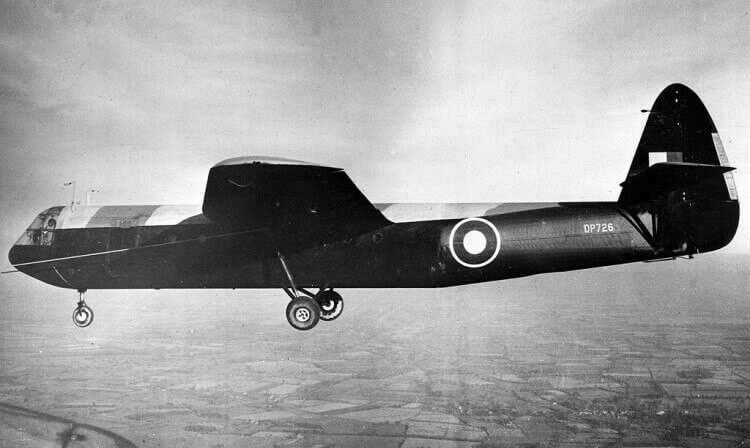
Did you know gliders were often used in WW2 to deliver supplies and troops due to their silent flight?
Do you need a pilot license to fly a glider?
According to the British Gliding Association, who are in charge of regulating everything gliding in the UK, there is currently no requirement to hold a glider pilot license if you’re flying in the UK. However, this will change in April 2018 where glider pilots will be required to hold an EASA LAPL(S) (Light Aircraft Pilot Licence) certified license. This transition process will be handled by the British Gliding Association and Civil Aviation Authority as stated in their website.
How much does it cost?
One of the main reasons why gliding is getting so popular nowadays is that it’s a cheaper way to take to the skies than flying a normal aircraft. On average, an hour flying lesson plus an aerotow launch would cost around £30-60, depending on where you fly, for how long, etc. Wind launches instead of aerotows can lower the price as well. For a “go solo” gliding course, most prices go around £900-1000.
Most people who are interested in a long-term course, or want to get a glider pilot certificate, end up joining a gliding club as these normally offer some sort of discounts on lessons and courses.
How long does it take to learn to fly a glider?
The answer is… it varies from person to person. In general terms, you’ll need around 50-100 flights to be able to fly solo. But how you progress depends of how often you’re able to flight, your aptitude, if you had previous experience or if you’re training by wind launch or aerotow.
According to most gliding clubs, you should – ideally- fly once per week, with once per month being the minimum time to really make some progress.
Where can I glide and learn how to fly?
Pretty much anywhere! From the South East of England to Scotland, there are dozens of places where you can glide and lots of gliding clubs around. All clubs welcome visitors, so don’t be afraid to go and have a look. Just make sure you do a bit of research when joining, as every club have their own rules, flying conditions and facilities. If you’re not interested in joining a club just yet, there’s always the option to go for a glider experience and have a taste of what it’s all about!
How long is the license valid for?
With the upcoming mandatory EASA license that will be implemented in April 2018 you might be asking yourself about their possibly expiry date, if you have to retake gliding tests after a while, etc. Good news, EASA licenses do not expire! To keep your license current you need to complete a few requirements such as doing 5 hours of flight as Pilot In Command plus 15 launches and 2 training flights with an instructor, as shown in the CAA website.
The world of gliding is often times overlooked in favour of other aircraft experiences but we can assure you, it’s just as thrilling and fun as the others!

